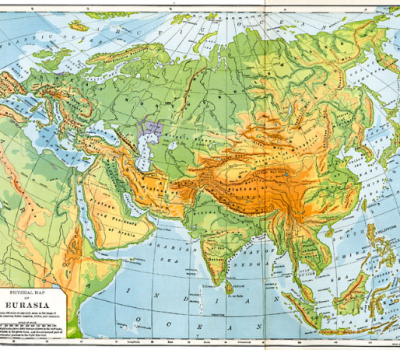
The Minsk Dialogue Council on International Relations (19 January 2024)
Dr. Teoman Ertuğrul TULUN*
Eurasia is a portmanteau word expressing the land mass of two continents named Asia and Europe by the ancient Greeks. It is a fictional fusion of two conventionally named continents, which stands for an abstract idea that can be considered a concept. In terms of surface area, while Asia corresponds to one-third of the Earth’s land mass, Europe is the second smallest continent in the world after Australia. The land mass of Asia is four times larger in area than Europe. Although there is no clear geographical or geological boundary to the east of the European continent, common knowledge has traditionally held that the east of Europe is separated from Asia by the Ural Mountains, the Ural River, and the Caucasus Mountains, and to the southeast by the Caspian Sea and the Black Sea. Pursuant to this general understanding, the Mediterranean Sea separates Europe from Africa in the south. Europe’s western borders are defined by the Atlantic Ocean and in the north by the Polar Sea.
Eurasianism as an intellectual construct
Eurasianism, on the other hand, is a construct developed wisely by Russian intellectuals that essentially represents a socio-political movement that challenged the supremacy of Eurocentric thought at the beginning of the 20th century. This challenge is also a multi-purpose intellectual process that has since offered a way of defining Russia’s place in world politics.
To read the rest of the article, please click: https://minskdialogue.by/en/research/opinions/is-eurasianism-a-monolithic-construct
For access to the Russian translation of this article, please click: https://minskdialogue.by/research/opinions/iavliaetsia-li-evraziistvo-monolitnoi-konstruktciei
* This article was published as part of AVİM's partnership program. Dr. Teoman Ertuğrul Tulun is an Analyst at AVİM. This article was published at the Minsk-based Minsk Dialogue Council on International Relations, a partner organization of AVİM. For AVİM’s partnership program, click here.
** Image: The Minsk Dialogue Council on International Relations
© 2009-2025 Avrasya İncelemeleri Merkezi (AVİM) Tüm Hakları Saklıdır
Henüz Yorum Yapılmamış.
-
 FIRTINADA YOL ALMAK: ROMANYA'NIN SİYASİ ÇALKANTILARI VE DIŞ MÜDAHALELER ARASINDA EKONOMİK REFORMLAR - DAILY SABAH - 10.01.2025
FIRTINADA YOL ALMAK: ROMANYA'NIN SİYASİ ÇALKANTILARI VE DIŞ MÜDAHALELER ARASINDA EKONOMİK REFORMLAR - DAILY SABAH - 10.01.2025
Teoman Ertuğrul TULUN 19.02.2025 -
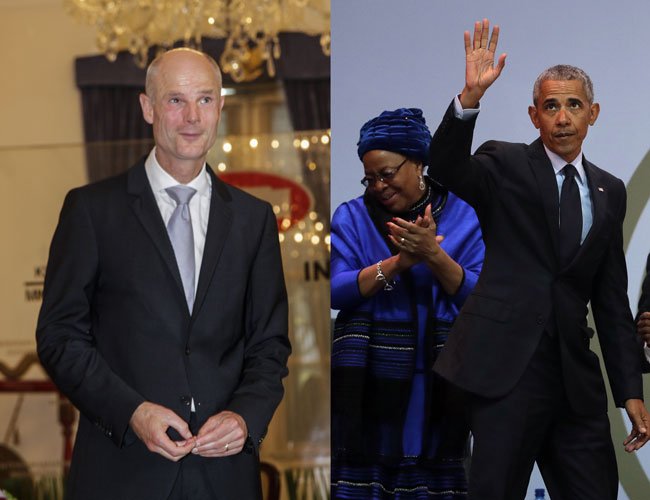 HOLLANDA DIŞİŞLERİ BAKANI, OBAMA’YA KARŞI - HÜRRİYET DAILY NEWS - 26.07.2018
HOLLANDA DIŞİŞLERİ BAKANI, OBAMA’YA KARŞI - HÜRRİYET DAILY NEWS - 26.07.2018
Teoman Ertuğrul TULUN 02.08.2018 -
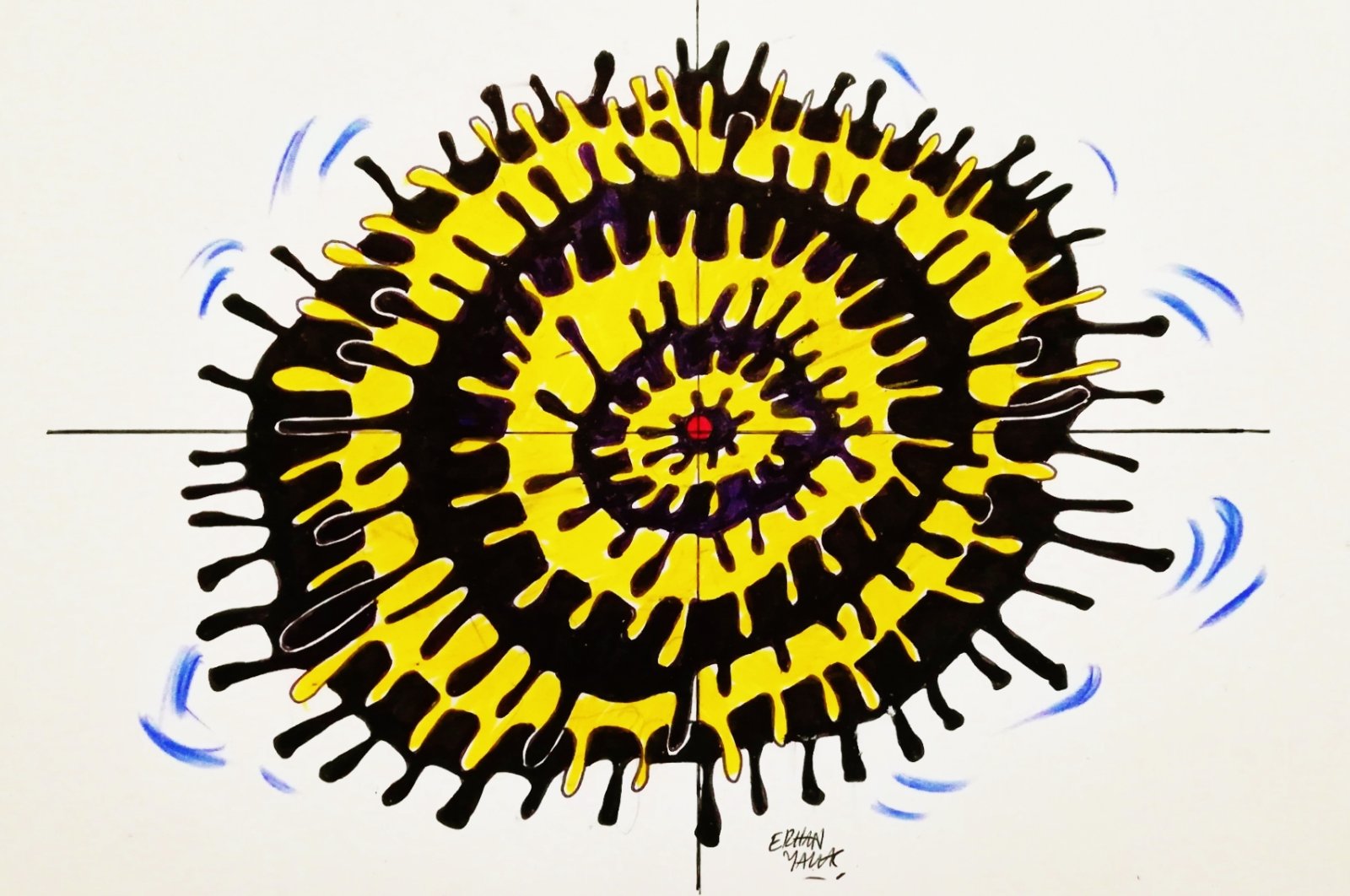 CORONAVIRUS PANDEMIC AND THE 2021 BIOLOGICAL WEAPONS CONVENTION - DAILY SABAH - 05.05.2020
CORONAVIRUS PANDEMIC AND THE 2021 BIOLOGICAL WEAPONS CONVENTION - DAILY SABAH - 05.05.2020
Teoman Ertuğrul TULUN 20.05.2020 -
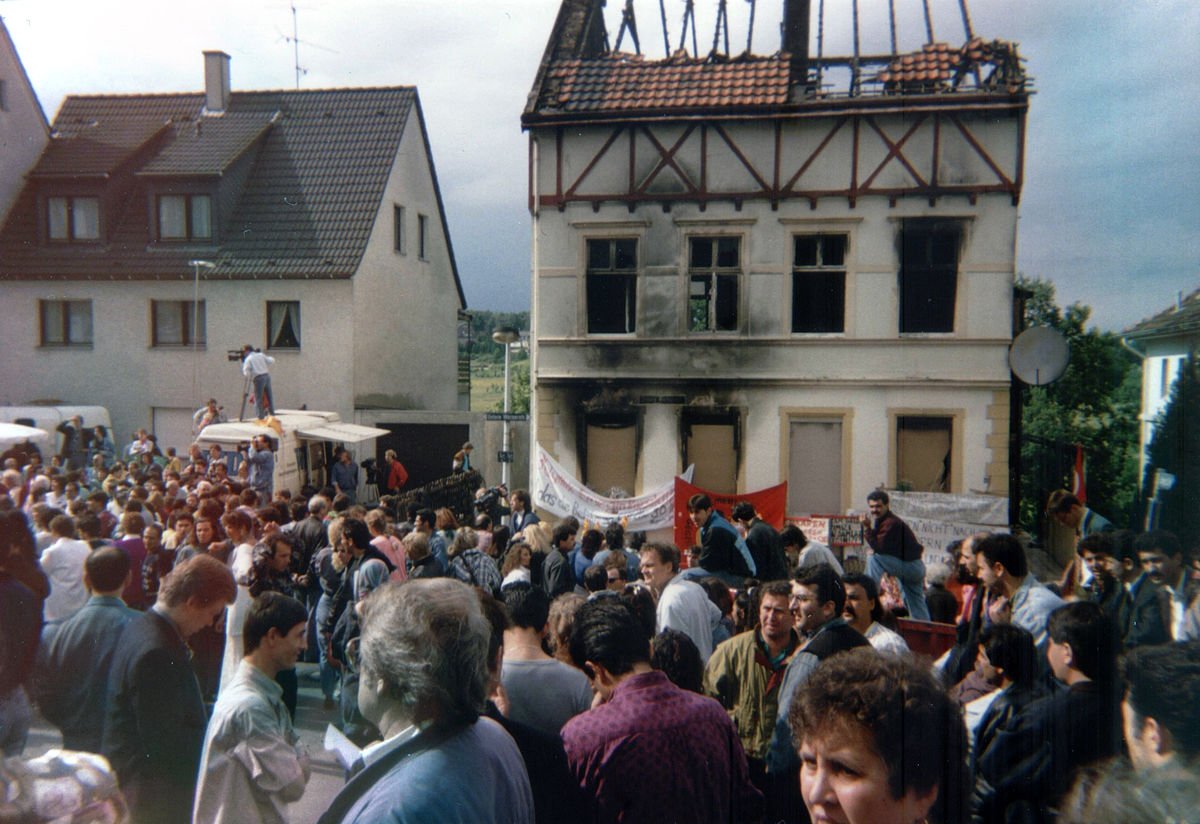 SOLİNGEN’İ ANMAK: AŞIRI YABANCI DÜŞMANLIĞININ BATI AVRUPA’DA İNATÇI YÜKSELİŞİ - HÜRRİYET DAILY NEWS - 19.05.2018
SOLİNGEN’İ ANMAK: AŞIRI YABANCI DÜŞMANLIĞININ BATI AVRUPA’DA İNATÇI YÜKSELİŞİ - HÜRRİYET DAILY NEWS - 19.05.2018
Teoman Ertuğrul TULUN 27.05.2018 -
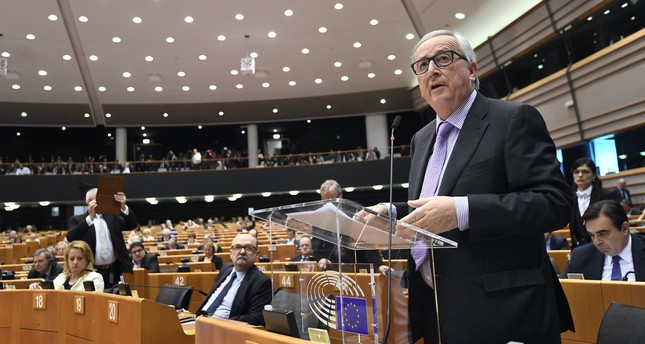 BALKANLARDA İSTEKSİZ AB GENİŞLEMESİ - DAILY SABAH - 14.05.2018
BALKANLARDA İSTEKSİZ AB GENİŞLEMESİ - DAILY SABAH - 14.05.2018
Teoman Ertuğrul TULUN 23.05.2018
-
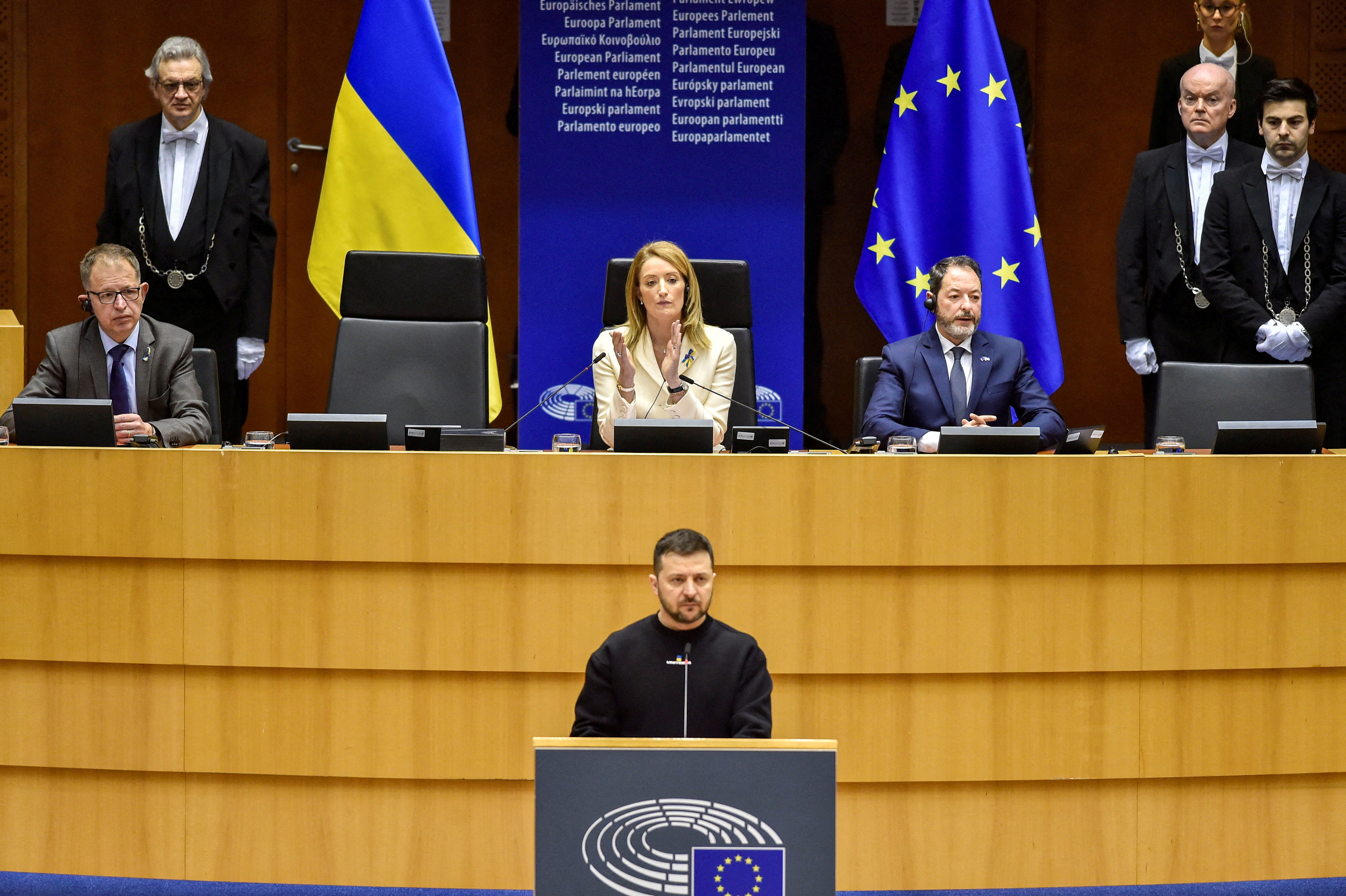 THE SUMMIT OF EXPECTATIONS - 06.03.2023
THE SUMMIT OF EXPECTATIONS - 06.03.2023
Jakub KOREJBA 06.03.2023 -
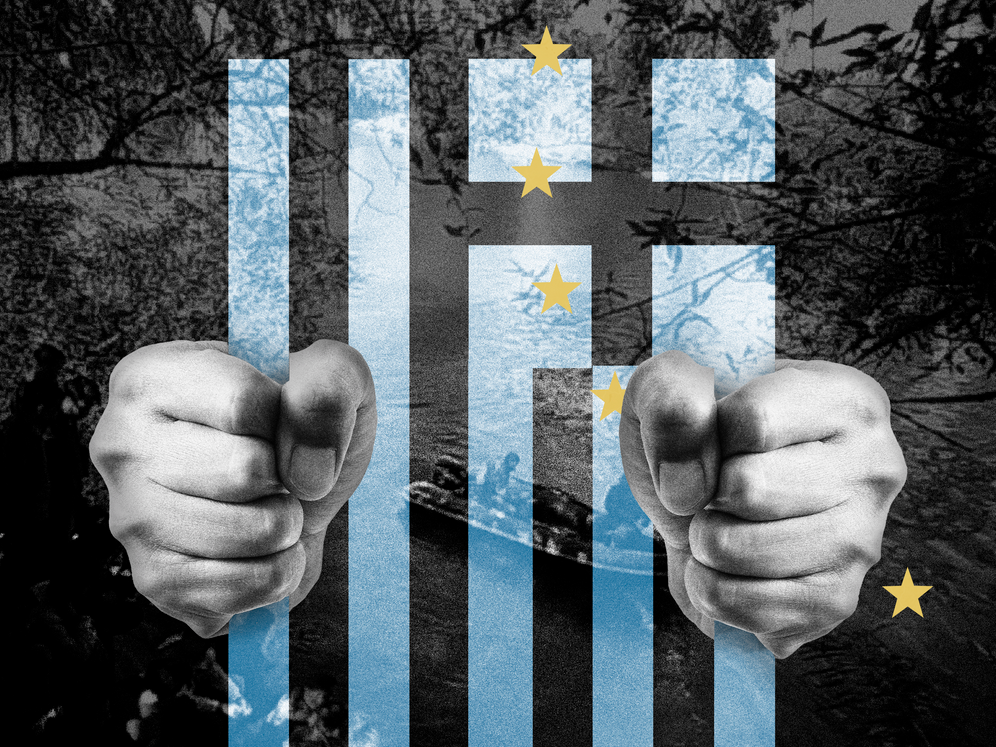 GREEK POLICE COERCE REFUGEES TO COMMIT ILLEGAL PUSHBACKS - SPIEGEL - 30.06.2022
GREEK POLICE COERCE REFUGEES TO COMMIT ILLEGAL PUSHBACKS - SPIEGEL - 30.06.2022
Giorgos CHRISTIDES et al. 30.06.2022 -
KAFKASLAR'DA KARA DELİK BÜYÜYOR
Oya EREN ÖZER 06.09.2012 -
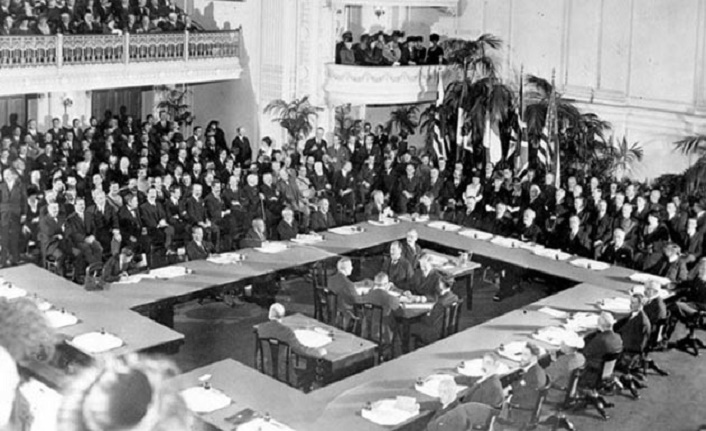 THE 1919 PARIS PEACE CONFERENCE AND THE ARMENIANS: ARE BIG POWERS ALWAYS RELIABLE? - 21.06.2021
THE 1919 PARIS PEACE CONFERENCE AND THE ARMENIANS: ARE BIG POWERS ALWAYS RELIABLE? - 21.06.2021
Şakir FAKILI 28.06.2021 -
HIRVATİSTAN’DA YENİ HÜKÜMETİ BEKLEYEN MEYDAN OKUMALARI Dr. Erhan TÜRBEDAR
- 07.12.2011


